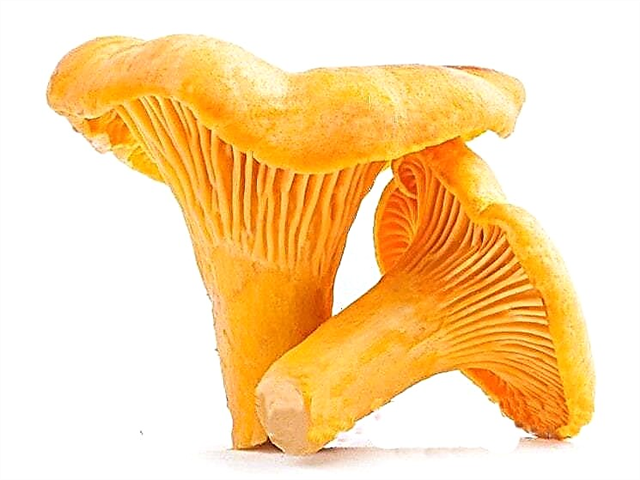
The riddle of the early birth of extremely massive black holes is explained by the unnatural rotation of the gas in the central part of a distant galaxy.
It is known that in the active centers of huge galactic systems there are very massive black holes. They quickly draw in limitless dust and gas accumulations. Everything that approaches the boundary of the hole begins to speed up and spin. This action is reminiscent of removing water from a regular bath. But observations of the galaxy NGC 1068 (M 77), distant at a distance of 47,000,000 light-years, helped to identify anomalous processes.
It turns out that the motion of matter in the form of dense clusters occurs in 2 directions with opposite orientations. Such an unusual phenomenon is described in a scientific paper that was published on the pages of the Astrophysical Journal.
A large group of scientists, consisting of famous astronomers, using the working Chilean telescope ALMA, found out: a huge black hole in the central region of NGC 1068 is surrounded by two disks of matter. The rotation of the latter occurs in various directions. The inner, located at a distance of 2-4 light years from the central part, as expected, rotates with the entire galaxy. But a little behind it, 4-22 light-years to the center, there is another material disk. Its rotation occurs in the opposite direction.

According to Violetta Impelicieri, one of the authors of the scientific article, no one had foreseen this. According to the rules, clouds of gas drawn into a black hole should spin in the same directions.Naturally, the question immediately arises: what distorts the ordinary current? In fact, a disk without external influence cannot change the direction of movement.
Previously, scientists have not observed such cases. It is worth noting that the opposite whirling is sometimes observed in some planets or stars, but it is always directly related to a certain event. This is nothing more than a collision with another cosmic body.
Scientists suggest that the unnatural rotation of the gas disk indicates the absorption of a smaller galaxy that rotated in the other direction. Only these fragments survived from her.
The authors of the work suggest that finding the unusual galaxy NGC 1068 will help solve one of the most important secrets of modern astronomy. It turns out that according to numerous studies, extremely massive black holes appeared at the initial stages of the formation of the universe. They influenced the further growth of galactic systems.
It is difficult to find out how much they managed to increase after the absorption of such a large volume of substances in a short period. Most likely, such a process was facilitated by reunions with oppositely rotating accumulations of substances. This difference transforms the movement of gas into a more chaotic, greatly accelerates its retraction. Thus, the hole rather increases the mass.












